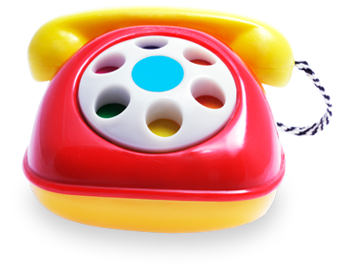Bladder exstrophy is a rare birth defect that occurs when the bladder, urethra, and pelvis don’t develop properly. The severity of the condition varies from child to child, but in general, it can affect the anatomy and function of the bladder, kidneys, genitals, pubic bones, and pelvic muscles. Bladder exstrophy may be identified before birth during a routine pregnancy ultrasound, and the diagnosis is confirmed after birth. If it is suspected during your pregnancy, your OB-GYN will refer you to a pediatric urologist who will help to create a delivery plan and to treat your baby after birth.
Treating bladder exstrophy involves a series of surgeries to repair the bladder, reshape the pelvic bones, and ensure affected organs and systems -- such as the kidneys and urinary control -- are functioning correctly. Traditionally, surgery was performed within the first few days after birth, when the pelvic bones are malleable. However, we now understand that for children with smaller bladders, it is better to wait -- usually three to six months, and up to a year -- until the bladder grows large enough to be constructed into a functional bladder. This reduces the likelihood your child will need more complex procedures when they are older. Treatment also includes therapy to help your child learn bladder control.
Our team of pediatric urologists, orthopedists, nephrologists, and physical therapists work together to help your child develop properly. Our goal is to ensure your child achieves adequate urinary continence so they may lead a normal, healthy, and happy life. We also expect that sexual function and fertility will be essentially normal, so future parenthood is possible.

